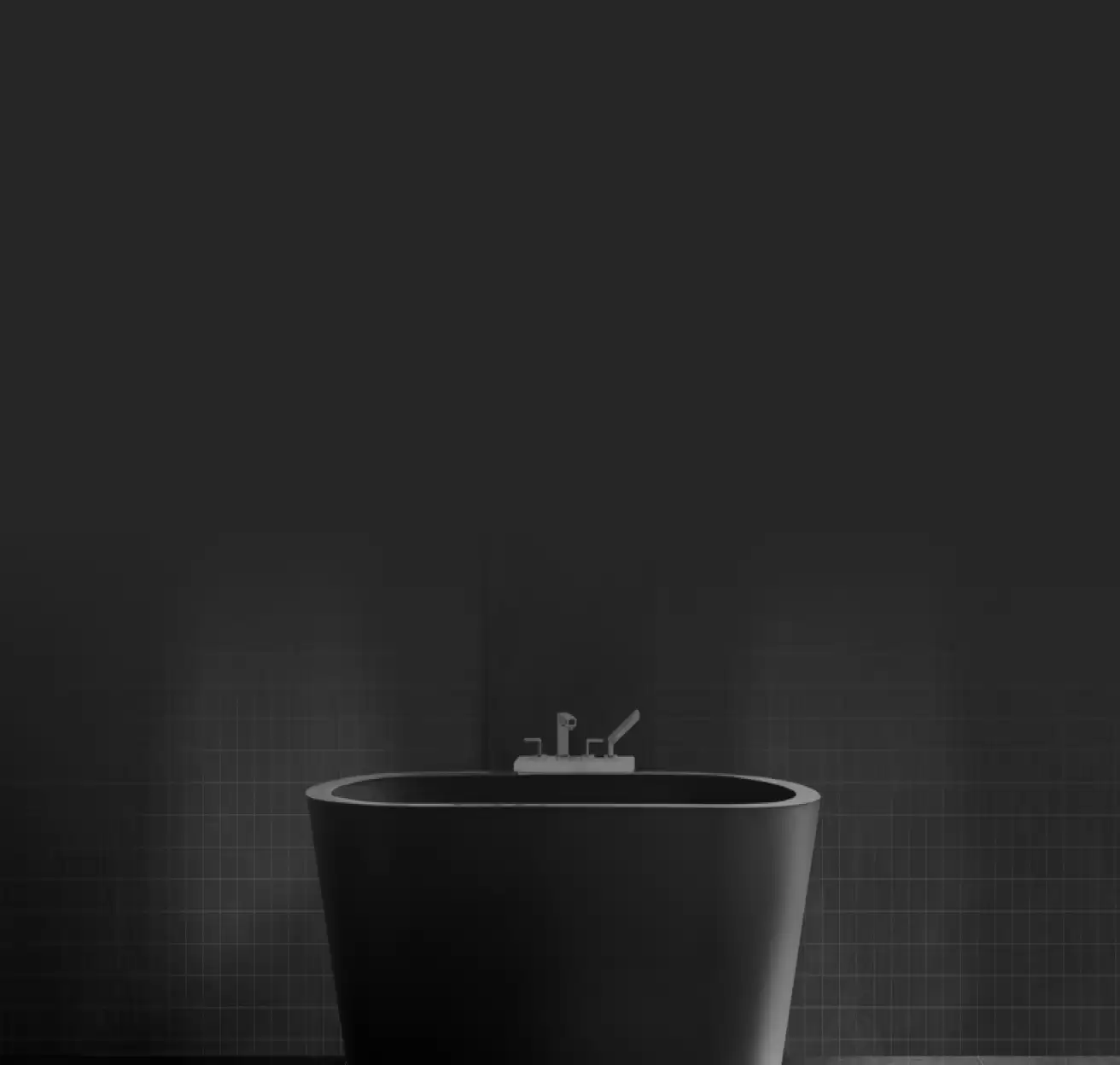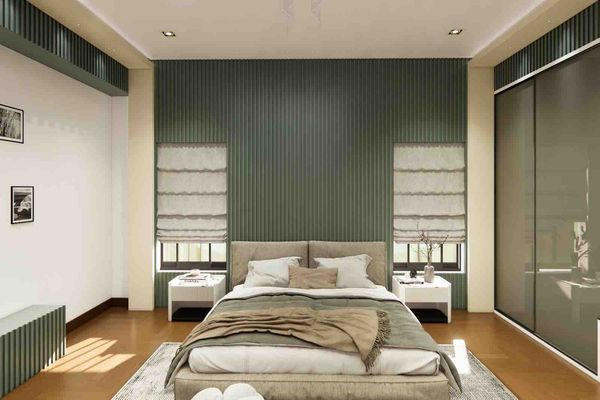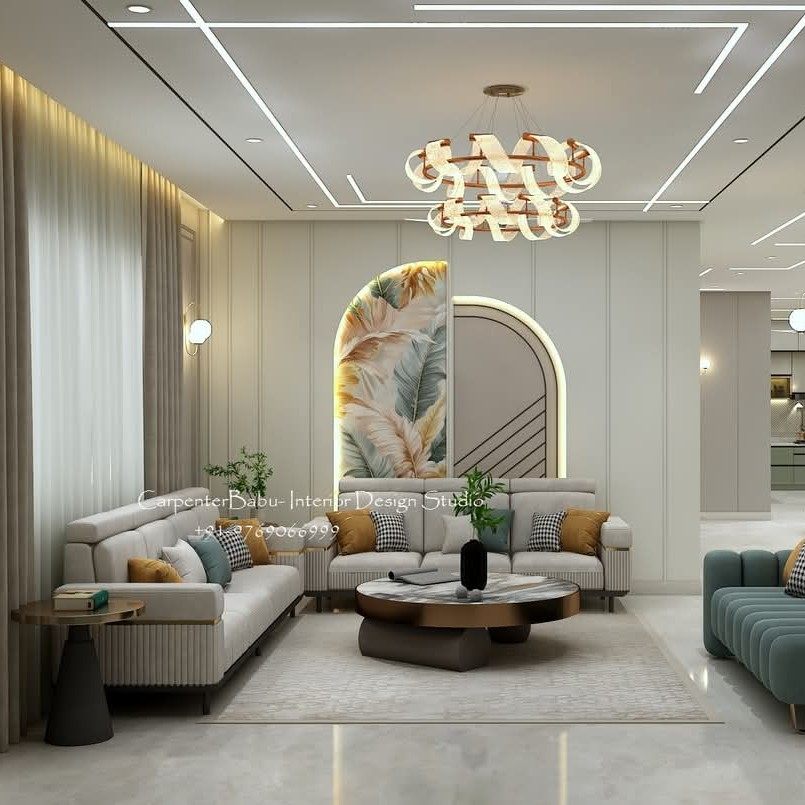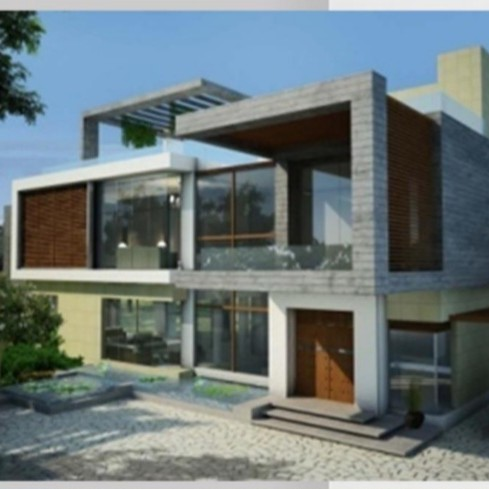


- Home
- Designs
- Commercial Space
- Hotel Room
Showing 18 results for
Hotel Room Designs
Hotel room design is an art, an engineering, and a craft that is a combination of practicality, comfort and beauty, with the goal of providing a comforting environment for guests. For instance, the room arrangement, the lights, the furniture, and the furnishings, all have their role and must provide their contribution for a continuous transition from the arrival up to getting out. Thoughtful design uses personal touches, tech improvements, and premium materials in order to achieve maximum lifetime. Adaptive facilities and flexible amenities enhance guest experience and routine maintenance result in the area being clean and presentable.

Loading...























 Call McCoy Mart
Call McCoy Mart

















